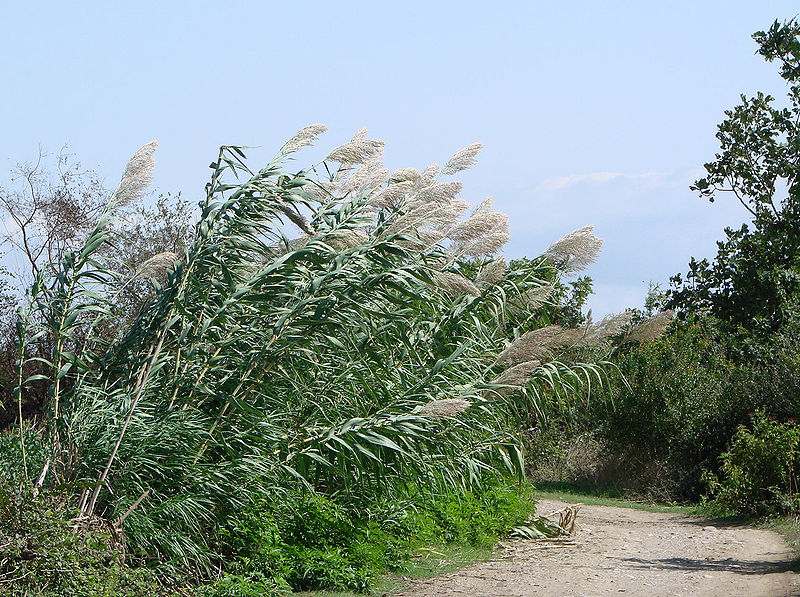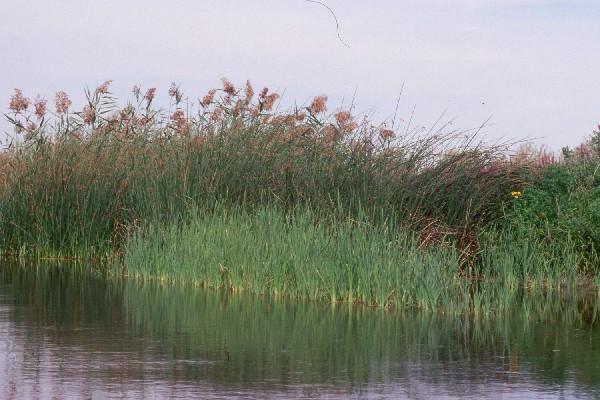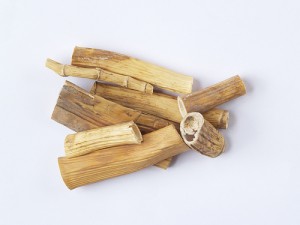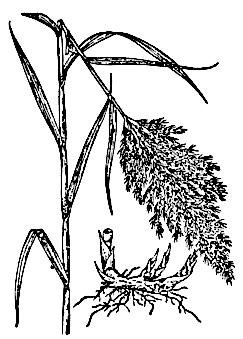 Phragmites
communis, P. australis. 芦 根
Lú gēn-
"Rush root" Reed grass
Family: Graminae
Phragmites
communis, P. australis. 芦 根
Lú gēn-
"Rush root" Reed grass
Family: Graminae
PART USED: Rhizome- Harvested end of Spring, early Summer, or Autumn.
FUNCTIONS
GROUP: Clearing Internal Heat- Reducing Fire- At Qi stage of warming disease.
1. Clears fevers and detoxifies.[1] Cool Lung. Cool Stomach Heat. Clear Heat and promote formation of Fluids.[3] Clears Heat.[4]
2. Produce Fluids.[4] Nourish Jin. Promote salivation to stop thirst.[1]
3. Clear Heat from the Lung.[4]
4. Clears Stomach Heat.[4] Relieve vomiting and belching.[4]
5. Promotes diuresis.[1,4]
6. Encourages rashes to surface.[4]
INDICATIONS- Middle and upper Heater Heat.[3]
1. High fevers: irritability, thirst, nausea and vomiting.[1,4] Thirst due to Hot Stomach and vomiting.
2. Lung Heat patterns: Especially in acute stage.[4] Measles with fever and pulmonary abscesses. Acute bronchitis:[3] Thick yellow phlegm, coughing, sore throat.[4] Epistaxis. Pneumonia. Lung- puss in Lung.[3]
3. Hematuria and burning urination:[1,4] dark scanty urine or hematuria, especially when accompanied by irritability and thirst.[4]
4. Febrile diseases with rashes that are incompletely expressed.[4]
CONTRAINDICATIONS: Spleen or Stomach Cold: there are soft stools or diarrhea.[2,4]
PATENT COMBINATIONS
- Cold and Flu with Wind-Heat syndrome: Release Exterior Wind and Clears Heat Cold and Flu Combination- Gan mao qing re chong ji.
- Wind Heat type common cold or flu with cough at early stage: Releases exterior Wind-Heat, diffuses the Lung Qi and alleviates cough Morus & Chrysanthemum- Sang ju wan.
- Febrile illness due to exterior Wind Heat or Heat and Toxicity: Clear Heat and resolves Toxicity, releases exterior Wind-Heat Isatis & Forsythia- Xiao er tui re chong ji.
COMBINATIONS
PREPARATIONS: Decoction. Rhizome 30-60 g.[1,3] Dried rhizome 15-30 g.[2] 15-30 g when sued along in treating incomplete expression of rashes. In its fresh form this herb has a stronger effect. Good quality is coarse, strong, yellowish white, shiny, and lacks any small rootlets.[4]



 HABITAT:
Grows along river banks, stream banks, lake edges and other wet areas.
HABITAT:
Grows along river banks, stream banks, lake edges and other wet areas.DESCRIPTION: Large perennial herb. Subterranean stem creeping horizontally, thick, hollow between nodes. Stem; erect, cylindrical, smooth and hollow inside. Leaves; alternate, in 2 rows, ochrea clasping stem, linear-lanceolate, length 30 to 50 cm. Flowers; in autumn, terminal brownish-purple, forming a panicle inflorescence. Fruit; a capsule.
References
Inner Path can not take any responsibility for any adverse effects from the use of plants. Always seek advice from a professional before using a plant medicinally.
Constituents